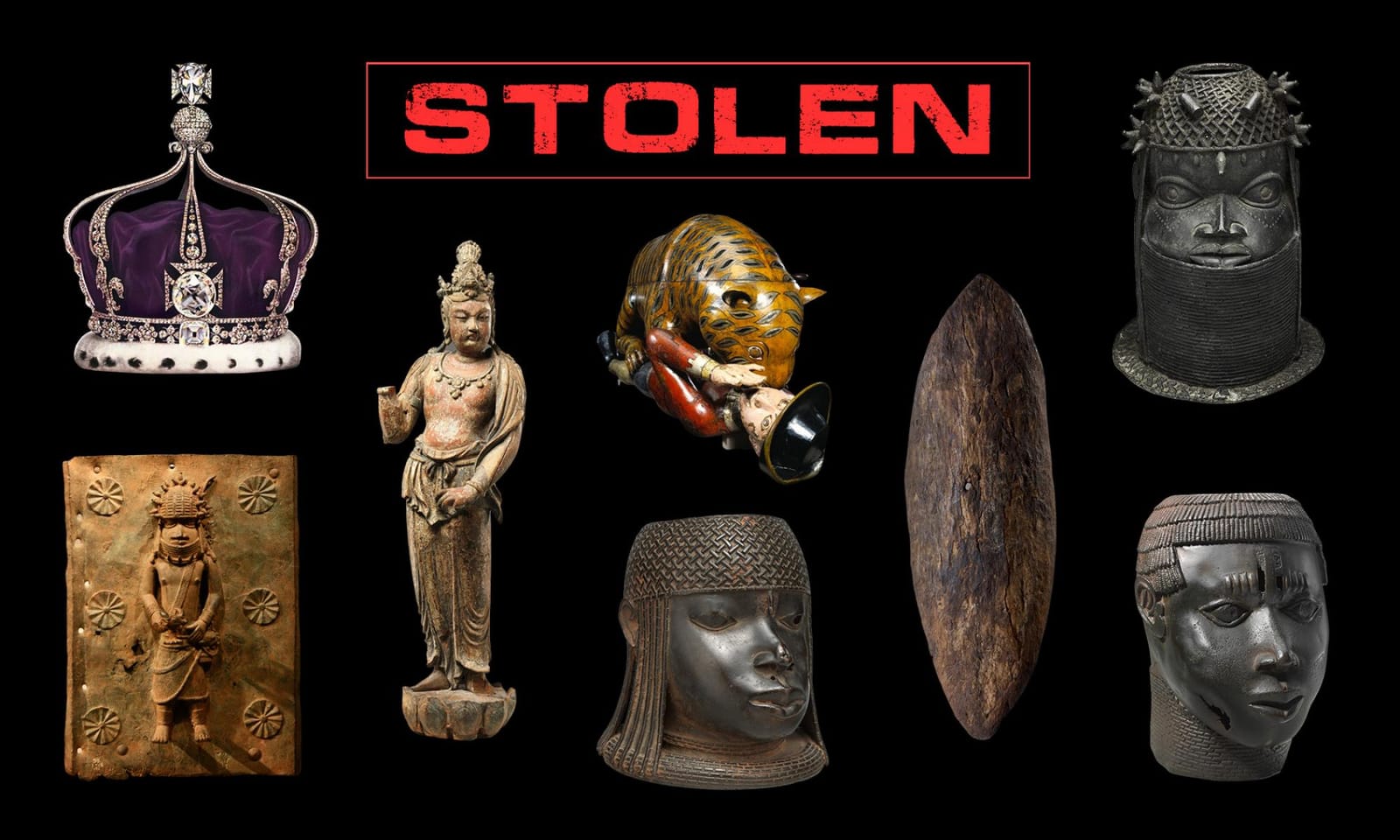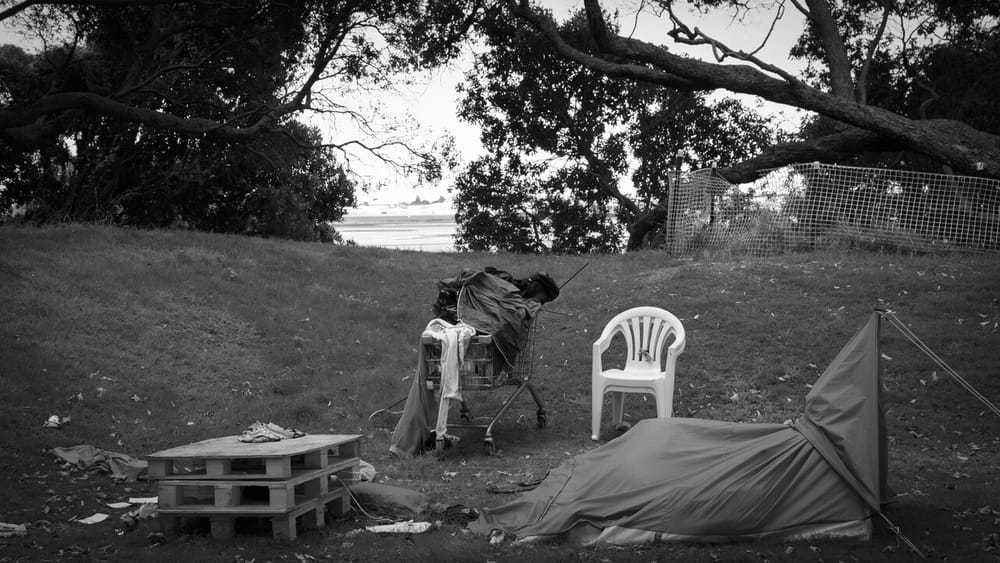Ancient relics can inspire within us a distinct sense of wonder. The curiosity they pique instantly connects one with another culture, another history. However, the argument for the return of artefacts raided from oppressed nations casts a sombre shadow on the supposed enlightenment offered by a museum ticket.
Arguments against repatriation, which defy the return of culturally significant pieces to their country or culture of origin, have long dominated Western consciousness. In fact, this view is so prevalent that many eager museum or gallery visitors don’t think twice about how the displayed items have been acquired. Some art historians acknowledge the unfortunate circumstances under which these works were plundered but argue that they are better preserved and maintained in Western countries. Government officials, such as British prime minister David Cameron, have stated that repatriation isn’t “sensible”. After all, isn’t it easier to just let museum collections remain as they are, where they can be accessible to larger crowds in Europe or the United States?
However, the history behind the display of seized artefacts is too ugly to ignore. They come at the price of bloodshed, terror, and brute force. Furthermore, as evidenced by the repeated appeals for repatriation from nations and cultures still suffering from the effects of invasion, objects of heritage inherently hold more symbolic and emotional value for the people who created them. In the words of former Pakistani prime minister Zulfikar Ali Bhutto (January 5 1928 – April 4 1979), any act of repatriation “would be a convincing demonstration of the spirit that moved Britain voluntarily to shed its imperial encumbrances and lead the process of decolonisation . . . symbolic of a new international equity strikingly different from the grasping, usurping temper of a former age.” The following are just some of the most historically significant artefacts that must be returned as a step toward healing the world from the destructive impact of colonisation.
The Benin Bronzes
“I want [Nigerians] to be able to understand their past and see who we were.” – Edo State Governor Godwin Obaseki
The mighty Kingdom of Benin, situated in modern-day Nigeria, produced some of the most stunning metalworks the world has ever seen. Depicting the people and scenes of courtly life, the Benin Bronzes once decorated the royal palace and convey the grandeur of the Edo civilisation from whence they came. In 1897, British forces seized these intricate plaques and sculptures as an act of imperial control, effectively denying Benin sovereignty. About 900 of these pieces still remain in British hands. While there has been a growing call to return the Benin Bronzes to their homeland, even causing a new museum to be built to showcase West African art and address their rightful ownership, the British government has only offered a hollow concession: to offer them on loan.
The Hoa Hakananai'a of Easter Island
“I believe that my children and their children also deserve the opportunity to touch, see and learn from him. You, the British people, have our soul.” – Governor of Easter Island, Tarita Alarcon Rapu
Some of the most well-recognised wonders of the world, the majestic human figures on Easter Island in Chile were carved by the indigenous Rapa Nui people between 1200 and 1500 CE. While these large stone faces and torsos are undeniably a sight to behold, to the Rapa Nui they carry a deeper significance: the spirits of their ancestors. In 1868 one such statue, known as a Moai, was seized by a British Royal Navy captain and gifted to Queen Victoria. The Rapa Nui have made repeated impassioned pleas to the British government for its return, yet it still sits today in the British Museum as a cold reminder of colonialism’s lasting devastation.
Tipu’s Tiger
“In the case of Tipu’s Tiger, this then also begs the question: how long is too long before we forget that what is ‘acquired’ is what was once ‘removed’ from its home?” – Author Rohit Chakraborty
Perhaps one of the most thought-provoking toys ever crafted, Tipu’s Tiger is in itself a commentary on Western colonialism. The interactive figure, depicting a tiger mauling a nearly life-size European, houses a small pipe organ and replicates the moans of the man and the growls of the tiger. The toy was created for Sultan Tipu, the 18th-century ruler of Mysore in India and symbolises his open hatred of the British for their violence against his people. The toy’s eventual seizure by the British during a palace raid is a tragic example of such acts of oppression. The piece still resides in the Victoria and Albert Museum in London today.
The Bari Funeral Pole
“It’s wealth that belongs to us, and deserves to be brought back.” – Congolese activist Mwazulu Diyabanza
Funeral poles (left) in the collection of the Musée du Quai Branly-Jacques Chirac in Paris (right) Museum photo: Timothy Brown
In June of 2020, amid Black Lives Matter protests, activists led by Mwazulu Diyabanza attempted to reclaim a 19th-century West African funeral pole from the Quai Branly Museum in Paris. Diyabanza, a Congolese citizen, is a vocal advocate of the repatriation of artefacts to former African colonies. He currently faces a fine of EUR 1,000 but vows to continue fighting for the return of seized African art and relics. While the president of France, Emmanuel Macron has ordered the return of looted African artefacts to their respective homelands, pieces such as the Bari funeral pole remain in France as painful reminders of the French subjugation of African people throughout history.
Bodhisattva Avalokiteshvara
“[This sculpture] tops the kingdom’s most-wanted list.” – Javier Pes, art journalist
This bronze sculpture of the saviour Avalokiteshvara dates back to the eighth century and represents the Buddhist concept of infinite compassion. Discovered in what is now modern-day Thailand, the Thai government has ramped up efforts for the sculpture’s repatriation. Thai officials argue that The New York Metropolitan Museum of Art’s purchase of the sculpture is illegitimate, as artefacts like these were stolen from archaeological sites and temples on Thai soil. Sadly, the Bodhisattva is just one of hundreds of precious relics illegally obtained and scattered around the Western world.
The Koh-i-Noor Diamond
“[A gem of] immense sentimental value.” – Zulfikar Ali Bhutto, Pakistan’s ninth prime minister
The dazzling Koh-i-Noor diamond, at 105.6 carats, is one of the largest cut stones in the world, and yet another treasure plundered by the British. Now on display at the Tower of London as the centrepiece of Elizabeth II’s crown, the Koh-i-Noor was taken during attacks that decimated the Sikh empire. Thus, its station among the British Crown Jewels is a glorification of violence and subjugation. The gem’s return would undoubtedly be complicated, as its place of origin has been hotly contested by various governments. However, the removal of the Koh-i-Noor from the crown would be a gesture of peace. Thus far, the British have made no attempts to return the gem to its rightful home.
The Gweagal Shield
“The shield is a symbol of our resistance.” – Rodney Kelly, Gweagal descendent
In 1770, Captain Cook of the British Royal Navy shot Cooman, an Aboriginal Australian warrior, upon first contact. Cook then seized Cooman’s wooden shield as a trophy, as well as several spears. Today, Cooman’s tribe, the Gweagal, are still mourning the theft. In particular, Cooman’s direct descendent, Rodney Kelly, has dedicated his life to bringing the Gweagal artefacts back to their tribe. As the Indigenous people of Australia have suffered greatly at the hands of Western colonisers, the shield’s return would acknowledge the Gweagals’ resilience as well as restore a meaningful piece of their history. The British Museum has declined the tribe’s demands to send the shield back to its people.
Babylon’s Ishtar Gate
"I have anger, but what can we do? I appeal to the German government to give back our antiquities to Iraq." – Archaeologist Mohammed Aziz Selman al-Ibrahim
This massive processional gate of brilliant blue and gold glazed brick towers 50 feet above the ground, and once protected the city of Babylon around 575 BCE. In 1930, it was dismantled by Germans in the name of archaeology, shipped to Berlin and reconstructed in the Pergamon Museum, where it is admired today. Yet the gate’s modern preservation comes at a moral cost, for it was removed without permission. The Ishtar Gate is a prime example of stolen relics that Western institutions argue must be kept on foreign soil for protection. The Iraqi government has appealed Germany for its restitution—to no avail.







